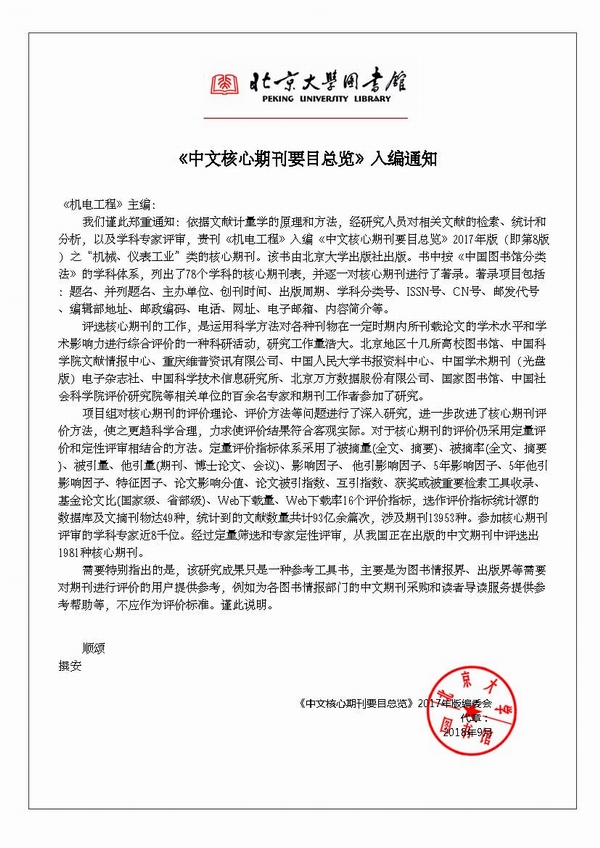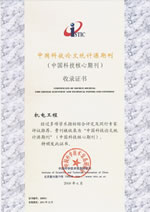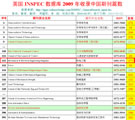
Founded in 1971 >
Chinese Sci-tech Core Periodicals >
British Science Abstracts (SA, INSPEC) Indexed Journals >
United States, Cambridge Scientific Abstract: Technology (CSA: T) Indexed Journals >
United States, Ulrich's Periodicals Directory(UPD)Indexed Journals >
United States, Cambridge Scientific Abstract: Natural Science (CSA: NS) Indexed Journals >
Poland ,Index of Copernicus(IC) Indexed Journals >
International Standard Serial Number:
ISSN 1001-4551
Sponsor:
Zhejiang University;
Zhejiang Machinery and Electrical Group
Edited by:
Editorial of Journal of Mechanical & Electrical Engineering
Chief Editor:
ZHAO Qun
Vice Chief Editor:
TANG ren-zhong,
LUO Xiang-yang
Tel:
86-571-87041360,87239525
Fax:
86-571-87239571
Add:
No.9 Gaoguannong,Daxue Road,Hangzhou,China
P.C:
310009
E-mail:
meem_contribute@163.com
Abstract: In recent years, the research on bearing fault diagnosis based on deep learning and vibration analysis has developed rapidly, gradually replacing the traditional manual feature extraction and machine learning based methods. For the problems of the existing deep learning models in bearing fault diagnosis, such as poor generalization ability of a single model and insufficient local feature extraction ability due to mutual exclusion of functions of common hybrid models. A two-channel network algorithm based on convolutional neural network (CNN) and recurrent neural network (RNN) was proposed. Firstly, one-dimensional CNN (1D-CNN) and bidirectional long short-term memory neural network (BiLSTM) were selected as the base model. Then, the pooling layer in the 1D-CNN was replaced by a multi-headed self-attention (MS). Finally, multi-headed self-attention (MS) was introduced in the BiLSTM, and the overall model was referred by MSCNN-MSBiLSTM, and they were verified by the experiments with bearing fault data provided by case western reserve university (CWRU). The research results show that the MSCNN-MSBiLSTM obtains 99% classification accuracy, which yield better experimental results compared with other comparison models. The common hybrid model is able to obtain better stability and generalization performance compared with the single model after the introduction of multi-headed self-attention (MS). It is able to extract deeper features compared with the common hybrid model.
Key words: recurrent neural network(RNN); deep learning; convolutional neural network(CNN); bidirectional long short-term memory network(BiLSTM); multi-headed selfattention(MS)








